
CRMSE Directory
CRMSE Faculty | Faculty Emeriti


Alexander Chizhik
Assistant Vice-President for Academic Labor RelationsProfessor of Educational PsychologyOffice of the ProvostCenter for Research in Mathematics and Science EducationSDSU[email protected]619-594-1656MH 3310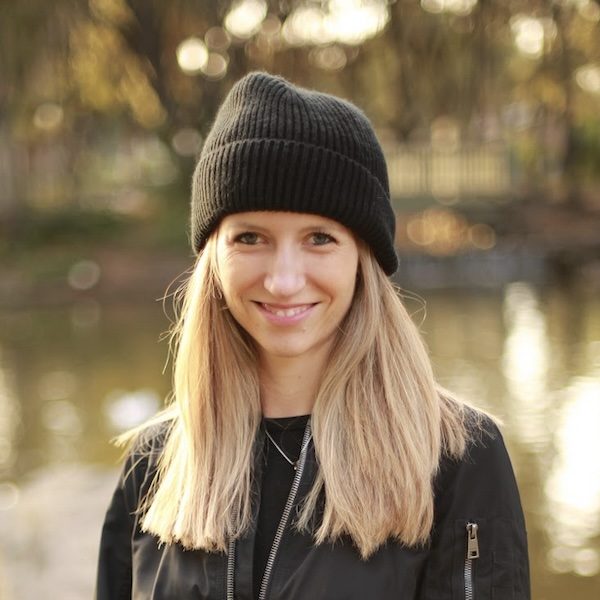
Victoria Delaney
Assistant ProfessorMathematics EducationDepartment of Mathematics and StatisticsCenter for Research in Mathematics and Science EducationSDSU[email protected]GMCS 576
Alberto Esquinca
Associate ProfessorDepartment of Dual Language and English Learner EducationCenter for Research in Mathematics and Science EducationSDSU[email protected]619-594-2864LH 215A
Nicholas Johnson
Associate ProfessorSchool of Teacher EducationCenter for Research in Mathematics and Science EducationSDSU[email protected]619-594-0352LH 207A
Regis Komperda
Associate Professor, Chemical EducationDepartment of Chemistry and BiochemistryCenter for Research in Mathematics and Science EducationSDSU[email protected]GMCS 203
Lisa Clement Lamb
Professor of Mathematics EducationSchool of Teacher EducationCenter for Research in Mathematics and Science EducationSDSU[email protected]NE 93
Richard Levine
Professor of StatisticsDepartment of Mathematics and StatisticsCenter for Research in Mathematics and Science EducationSDSU[email protected]GMCS 565
Brittany L. Marshall
Assistant ProfessorMathematics EducationSchool of Teacher EducationCenter for Research in Mathematics and Science EducationSDSU[email protected]
David Marx
Associate ProfessorDepartment of PsychologyCenter for Research in Mathematics and Science EducationSDSU[email protected]LH 160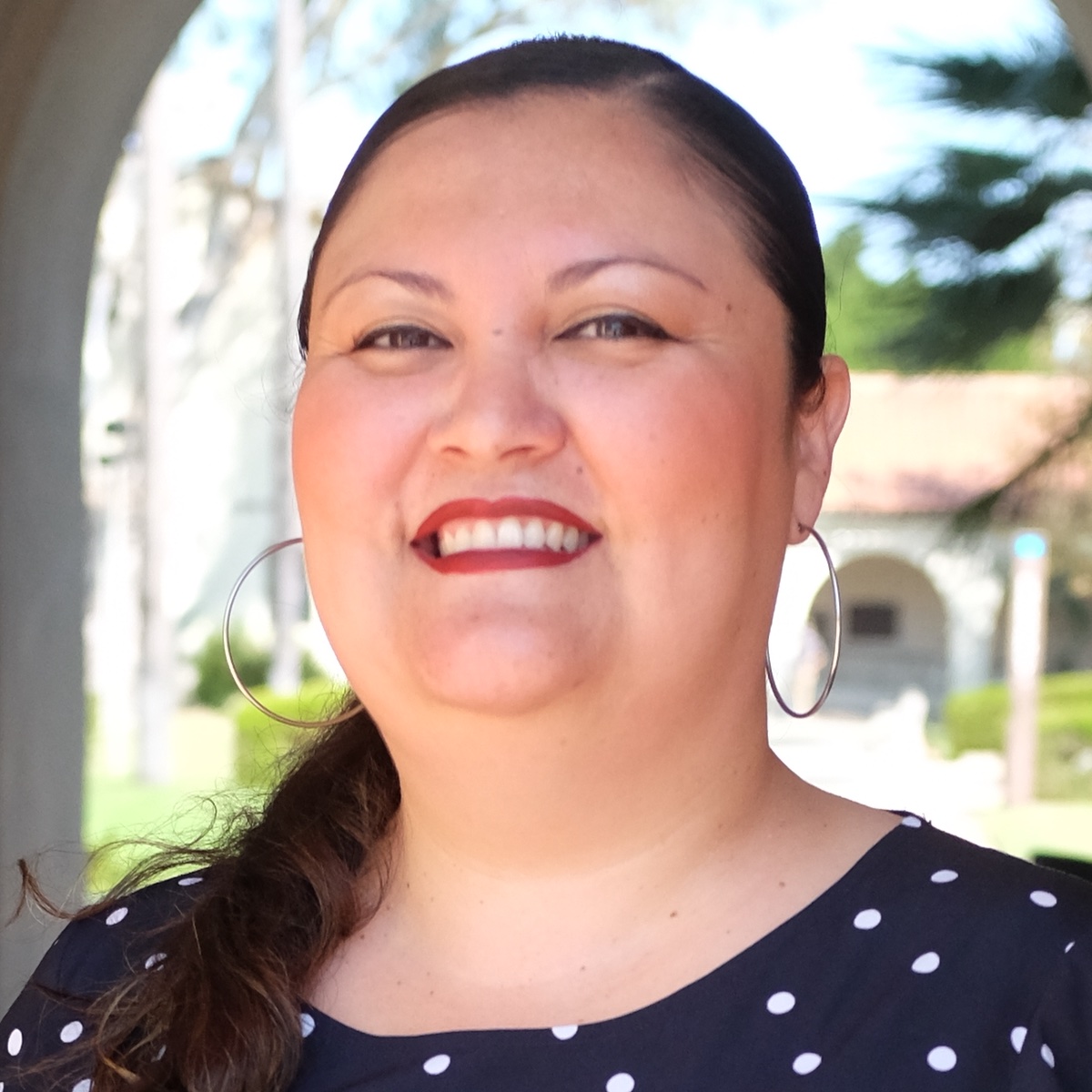
Melissa A. Navarro Martell
Associate ProfessorDual Language and English Learner EducationCenter for Research in Mathematics and Science EducationSDSU[email protected]LH 219
Susan Nickerson
Professor of Mathematics Education, MSED Co-DirectorDepartment of Mathematics and StatisticsCenter for Research in Mathematics and Science EducationSDSU[email protected]GMCS 563
Walter Oechel
Distinguished Professor & Director, Global Change Research GroupDepartment of BiologySDSU Coastal and Marine InstituteCenter for Research in Mathematics and Science EducationSDSU[email protected]619-594-7831PS 240
Michael O'Sullivan
Professor of MathematicsDepartment of Mathematics and StatisticsCenter for Research in Mathematics and Science EducationSDSU[email protected]GMCS 579
Cynthia Park
Professor and Executive Director, Institute for Transformative EducationSchool of Teacher EducationCenter for Research in Mathematics and Science EducationSDSU[email protected]619-594-4223LH 221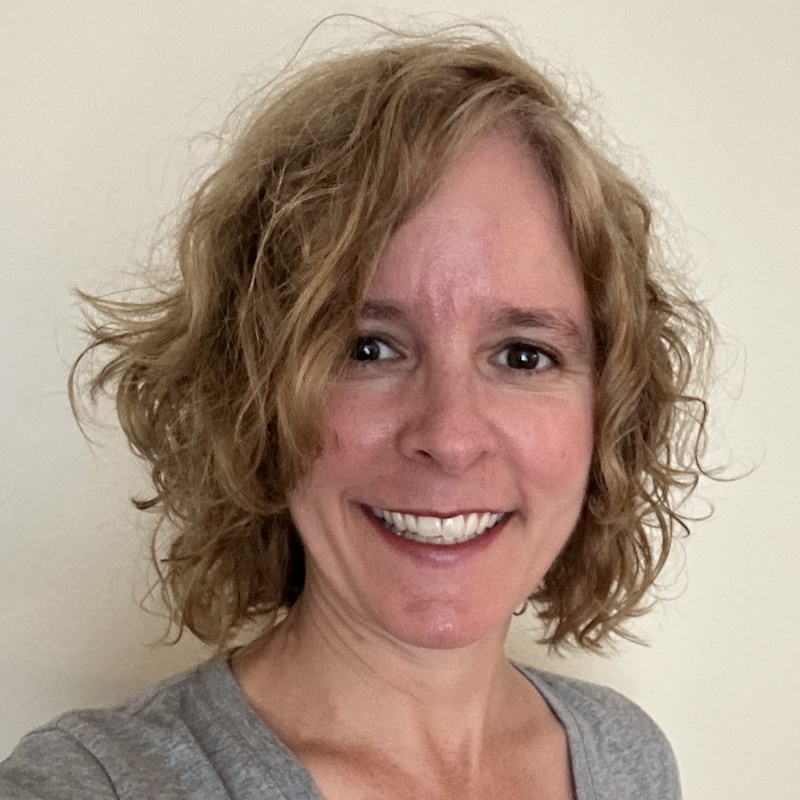
Mary E. Pilgrim
ProfessorDepartment of Mathematics and StatisticsDirector, Math & Stat Learning CenterCenter for Research in Mathematics and Science EducationSDSU[email protected]GMCS 581
David Pullman
Associate Professor, Physical ChemistryDepartment of Chemistry & BiochemistryCenter for Research in Mathematics and Science EducationSDSU[email protected]619-594-5573CSL 301
Chris Rasmussen
ProfessorDepartment of Mathematics and StatisticsCenter for Research in Mathematics and Science EducationSDSU[email protected]GMCS 571
Daniel Reinholz
ProfessorDepartment of Mathematics and StatisticsCenter for Research in Mathematics and Science EducationSDSU[email protected]
Donna L. Ross
Associate Professor of Science EducationSchool of Teacher EducationSDSU Digital AmbassadorCenter for Research in Mathematics and Science EducationSDSU[email protected]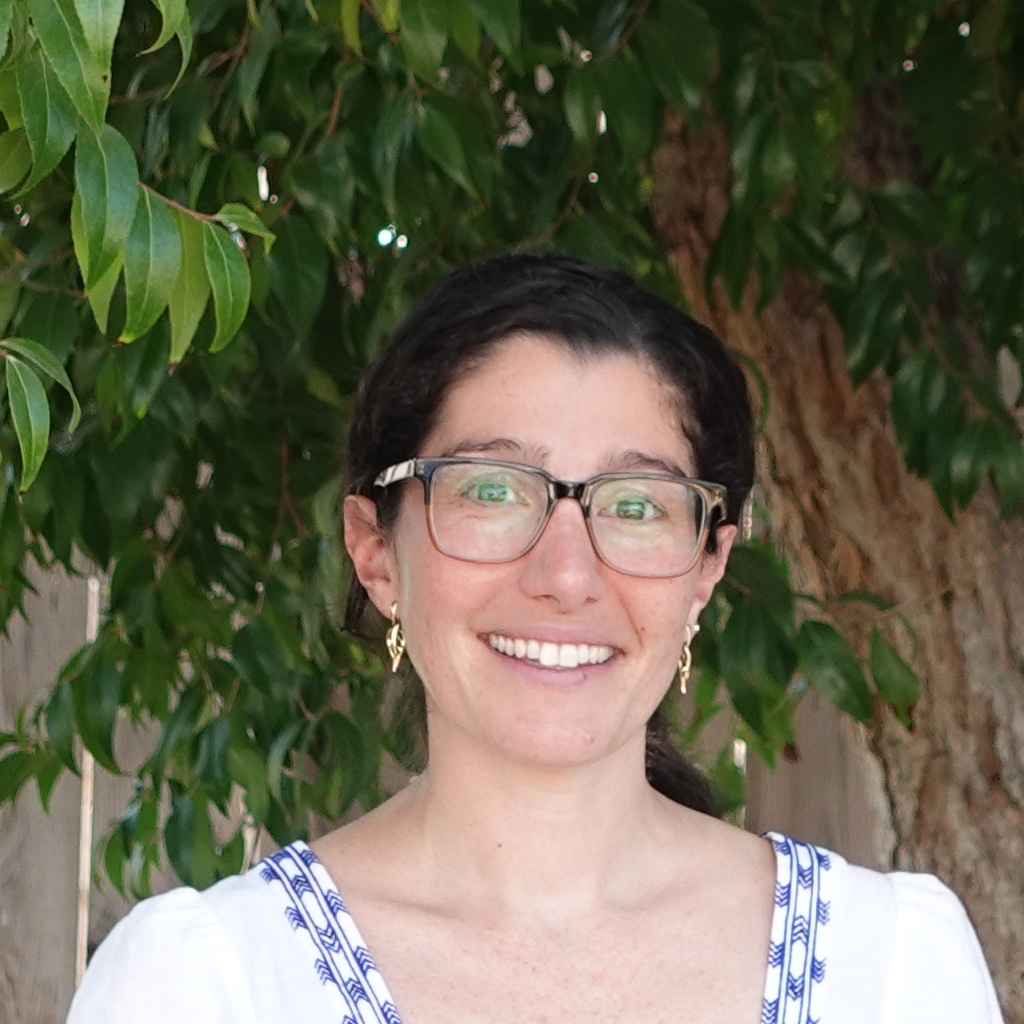
Gena Sbeglia
Assistant Professor of BiologyDepartment of BiologyCenter for Research in Mathematics and Science EducationSDSU[email protected]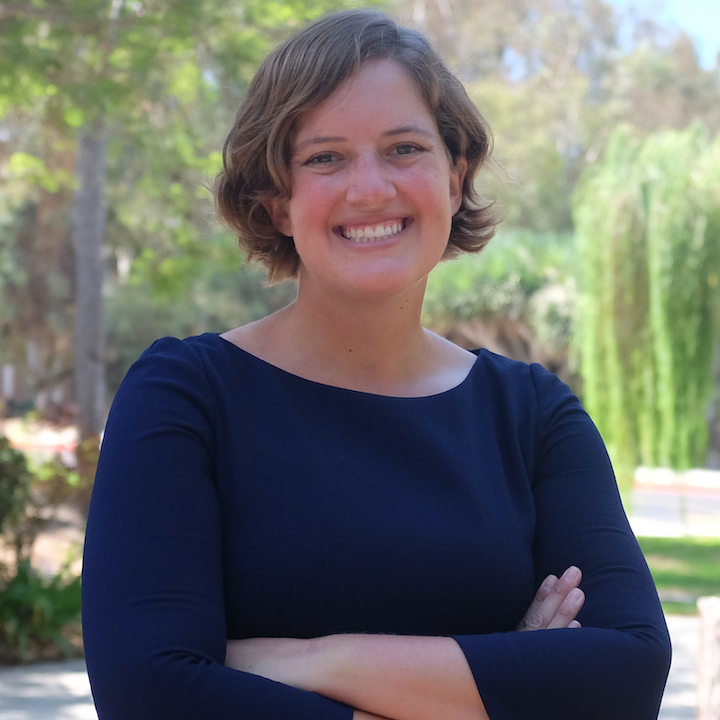
Kathleen Schenkel
Assistant ProfessorSchool of Teacher EducationCenter for Research in Mathematics and Science EducationSDSU[email protected]LH 207
Dustin Thoman
ProfessorDepartment of PsychologyCenter for Research in Mathematics and Science EducationSDSU[email protected]619-594-2273LSS 170
Meredith Houle Vaughn
Associate Professor of Science EducationSchool of Teacher EducationCenter for Research in Mathematics and Science EducationSDSU[email protected]NE 83C
William Zahner
Professor, Director of CRMSEDepartment of Mathematics and StatisticsCenter for Research in Mathematics and Science EducationSDSU[email protected]GMCS 505
